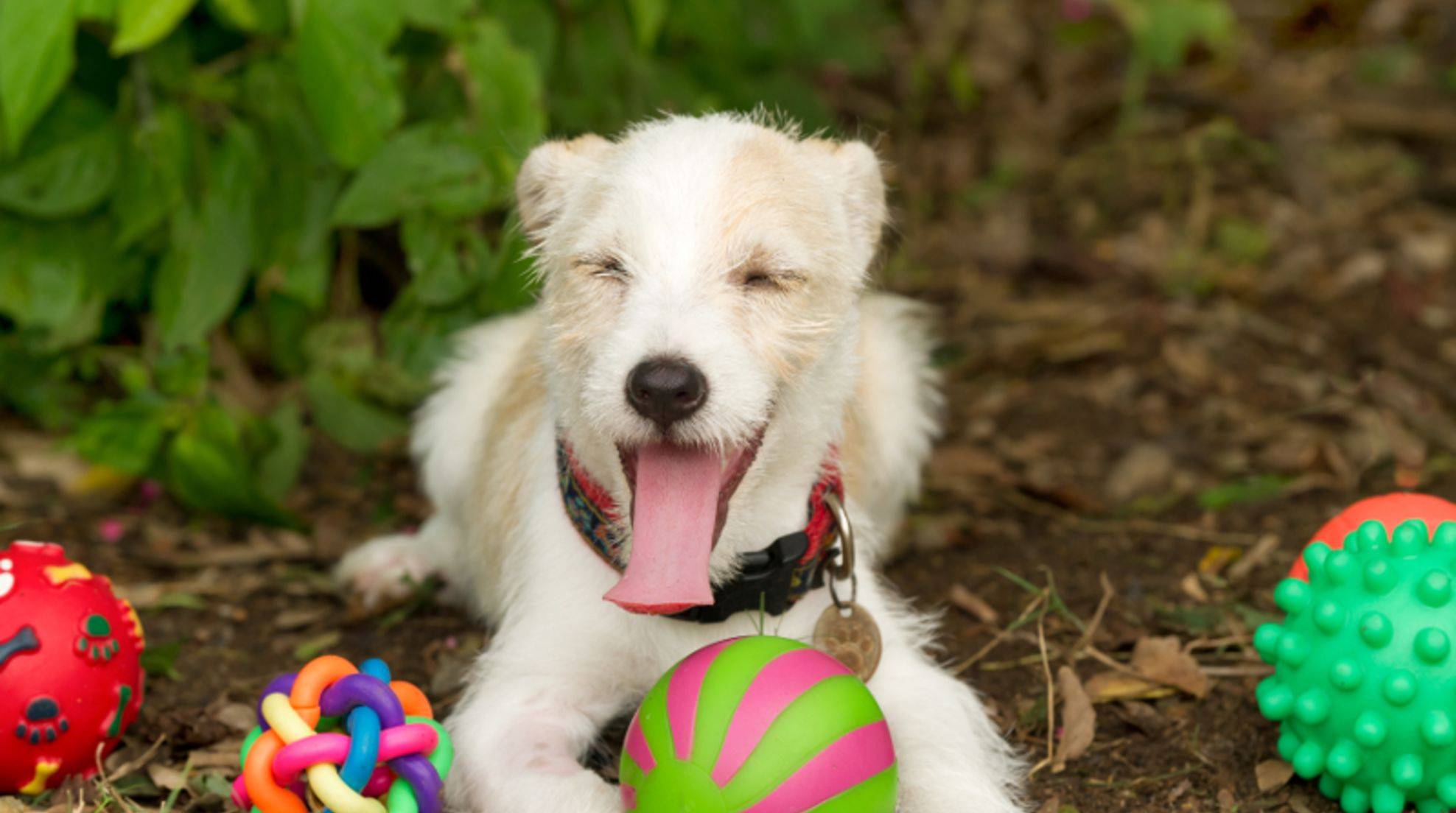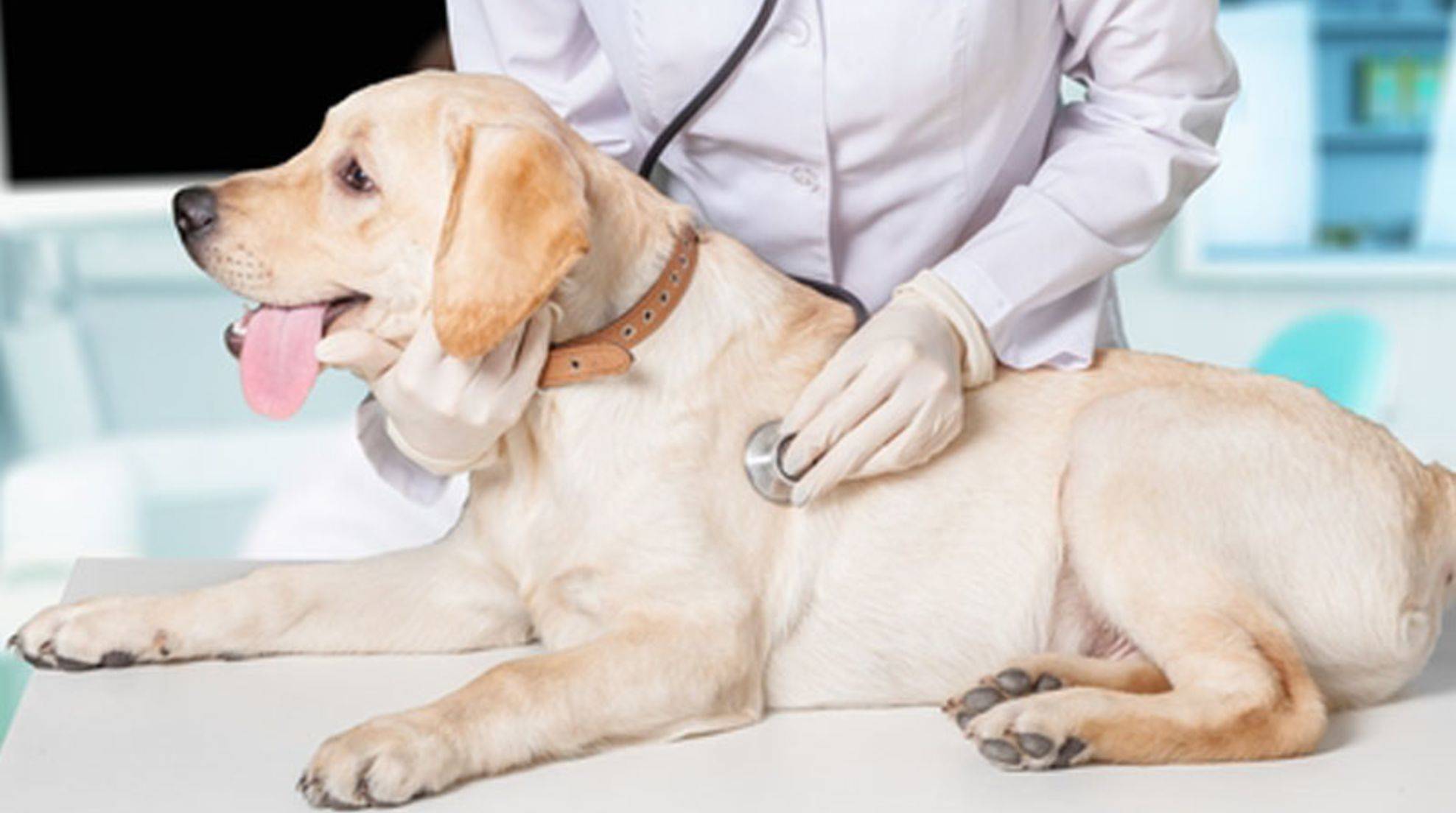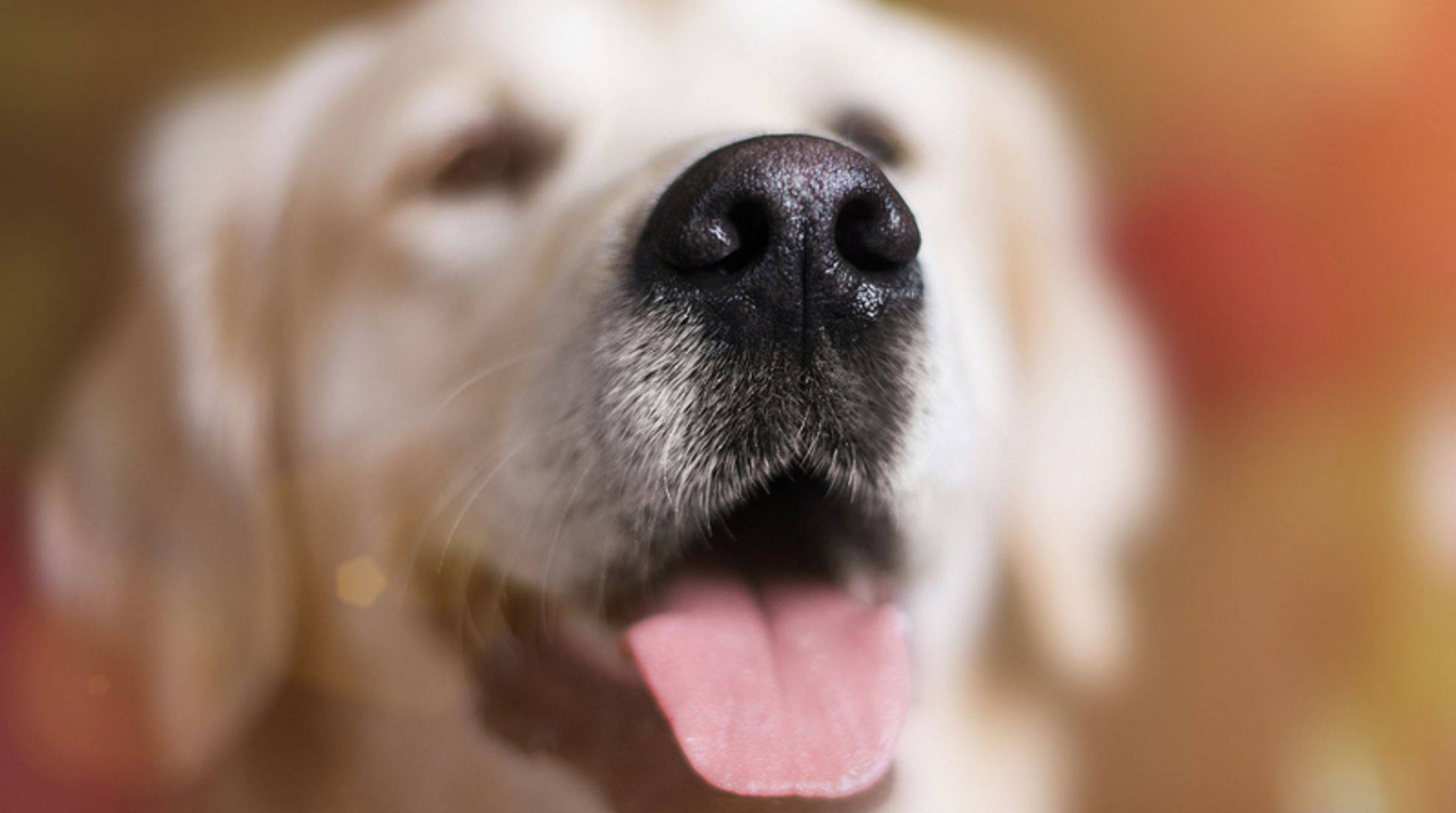Brewer’s yeast for the dog: dietary supplement for beautiful coat
Brewer’s yeast, as a time-tested natural remedy, is often used as a dietary supplement. Dogs can benefit from the ingredients of this natural product – especially skin and coat problems are said to be alleviated by adding brewer’s yeast to dog food.
If the dog’s coat no longer shines and your four-legged friend constantly suffers from skin eczema or other skin problems, natural “miracle cures” sometimes help. This includes brewer’s yeast, for example. But what is actually in it, what exactly does the dietary supplement help and how is it administered?
Composition and ingredients of brewer’s yeast
The natural remedy is a single-cell yeast fungus that reproduces by sprouting. A dry brewer’s yeast product, which is used as a dietary supplement, has been dehydrated. In the process, the cell walls of the fungi die, so that the valuable ingredients can be easily absorbed by the dog’s body afterwards.
The valuable ingredients of the natural product include 16 different amino acids and 15 different minerals and trace elements. These include, for example, the antioxidant selenium, which is often not sufficiently present in conventional feeds for dogs, but has positive effects on the coat and skin of the animal. In addition, brewer’s yeast is low in fat, cholesterol-free and has a low sodium content.
Medical use of the natural remedy brewer’s yeast
Mainly brewer’s yeast is used in dogs as a dietary supplement for the treatment of skin and coat problems.
Here is an overview of what the dietary supplement can be helpful for the dog:
● Relieving rashes, eczema or lichen.
● Improvement of diabetes, gastrointestinal or liver problems.
● Improving the appearance of the coat.
For this, also ask your veterinarian to recommend the use of the supplement. There are no known side effects to date.
Administering brewer’s yeast: This is how it’s done.
Even if no side effects are known, you should observe the correct dosage. Too much of a nutritional supplement does not automatically help more. The amount of nutrients to be administered depends on the dog’s weight or the manufacturer’s instructions – five grams per day (equivalent to one teaspoon) is often the norm. However, it’s best to consult a veterinarian to be sure.
If you have brewer’s yeast in flake form, mix the
Supplement with the dry food. In the case of brewer’s yeast tablets, dissolve them in water first and stir the nutritious liquid into the food. In addition, it is possible to buy dog food already mixed with brewer’s yeast.








